Fibre Focus - Cheviot
Cheviot is a lesser known fibre in the hand-spinning community nowadays but it has a long history and its breed can be traced as far back as 1372. It got its name from The Cheviot Hills where it was originally found.
The Cheviot Hills, or sometimes The Cheviots, are a range of uplands straddling the Anglo-Scottish border between Northumberland and the Scottish Borders. The English section is within the Northumberland National Park. - Wikipedia
Cheviot is bred to be a dual purpose sheep, for its wool and meat. As you can see in the photo above it has a large body and its face and legs are free of wool. Most cheviot sheep are hornless and white all over, occasionally there are some spotted ones. This breed is quite hardy, can thrive in harsh conditions, and it does not require much husbandry as they can look after themselves quite well. Although initially from the Cheviot Hills this breed has been popularised in many parts of the UK, it was also exported to Australia, New Zealand and the USA. Currently in Australia it is classified as a Rare Breed but not endangered.
Cheviot Wool Characteristics:
Cheviot wool has long staples with a helical crimp, which gives it strength and bounciness. The wool takes the dye quite well but does not have the sheen as other long wools. Cheviot wool is often blended with other breeds of fibre add strength and robustness. In the UK it is mainly used for Harris Tweed and in the carpet industry.
My custom blend - Highland Games contains 40% Cheviot, it is a rustic beauty designed to showcase the characters of each fibre content: Shetland, Cheviot and baby alpaca. It is a dream to spin and the yarn will be suitable for a wide variety of projects from jumpers to hats and mittens, even socks!
Have you spun Cheviot before? How did you find it? I would love to hear from you.
Fibre Focus is a new series where I would research a particular fibre and share my findings with you. Let me know if there is any fibre you would like me to look into.
Resources:
Books:
Fleece and Fiber Source Book by Deborah Robson
Online Resources:
Australian Rare Breed Sheep Project

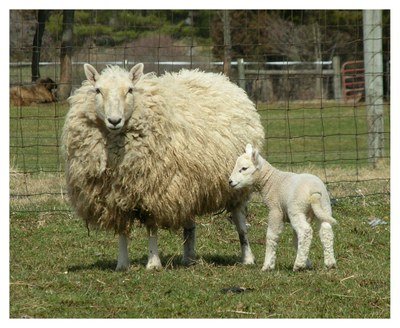
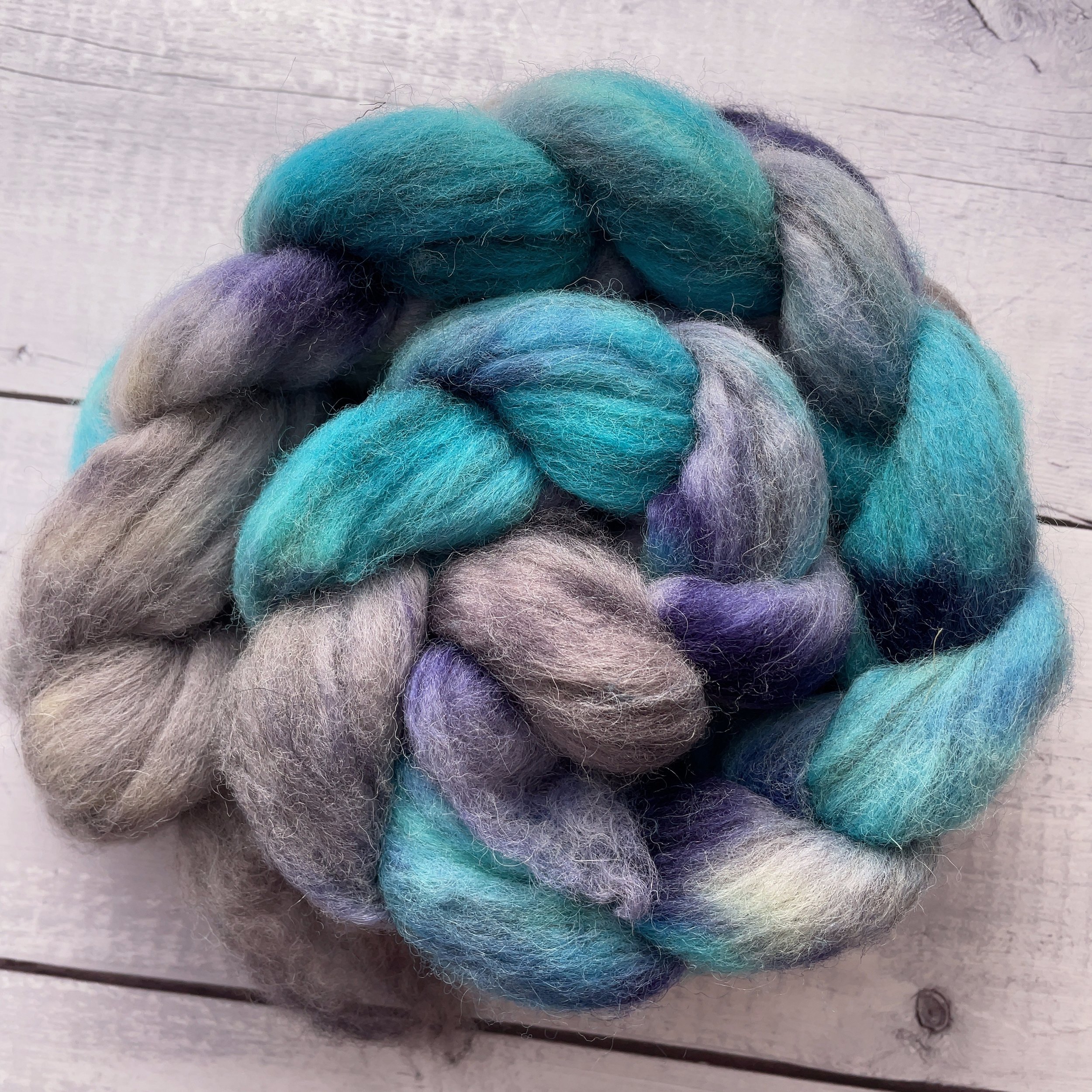
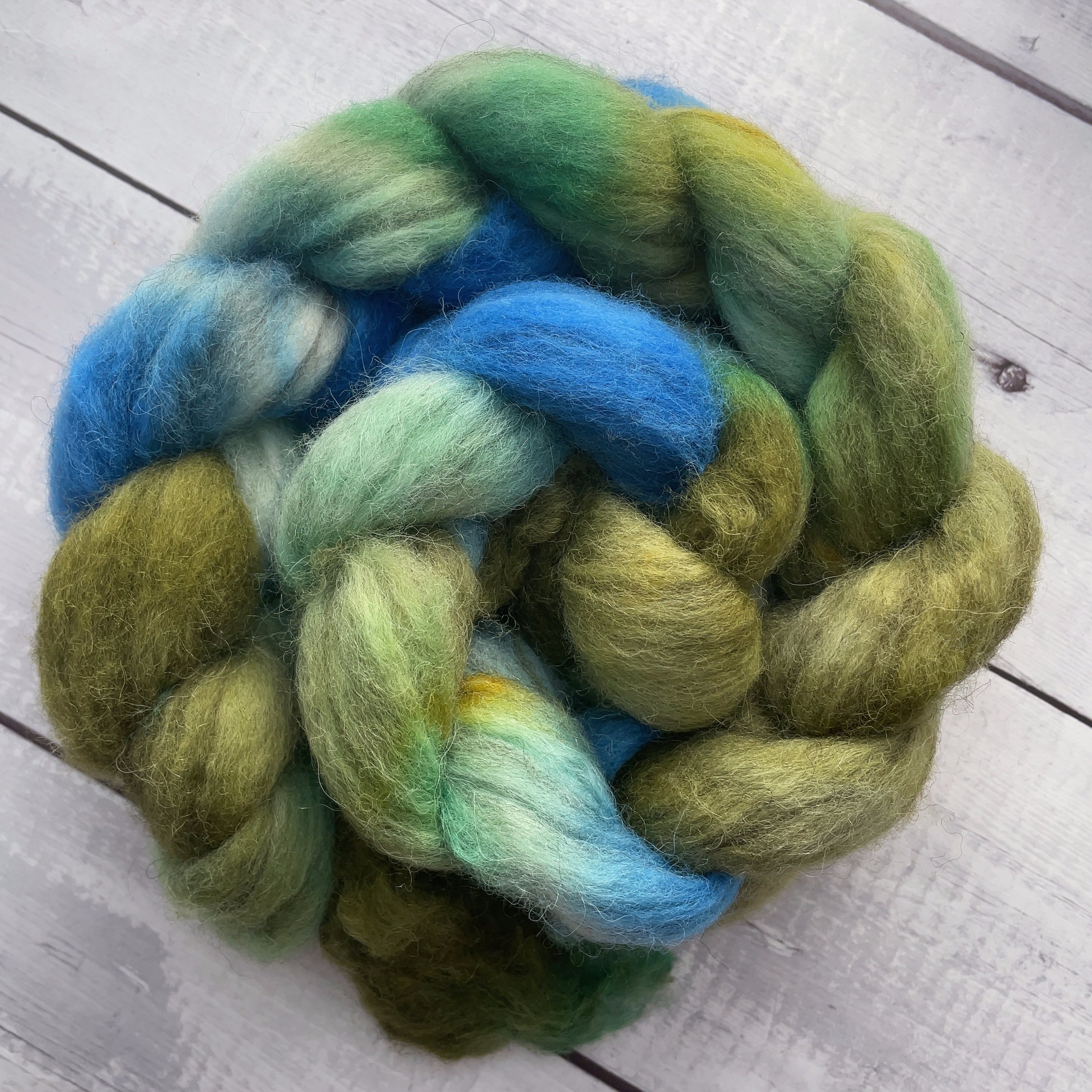
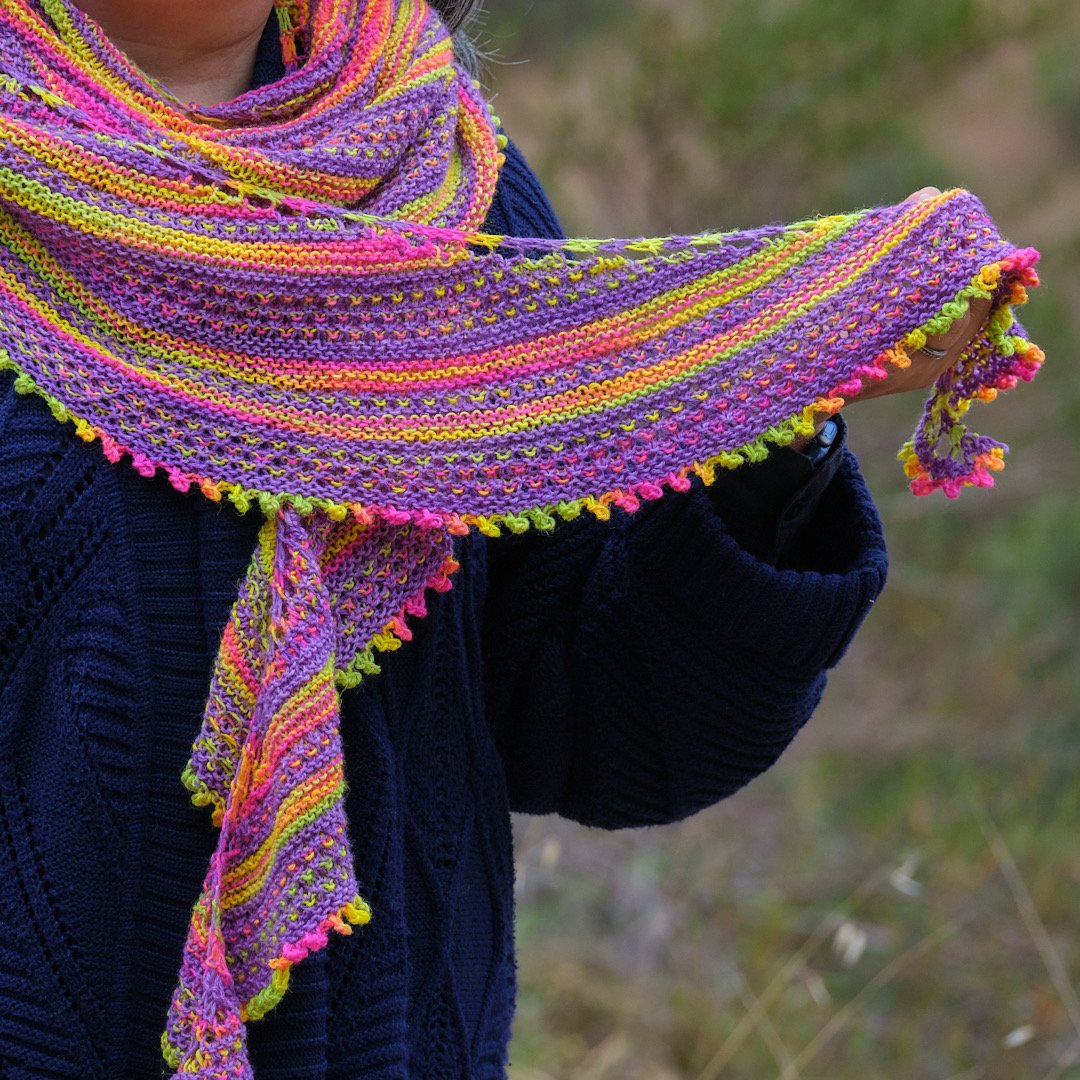
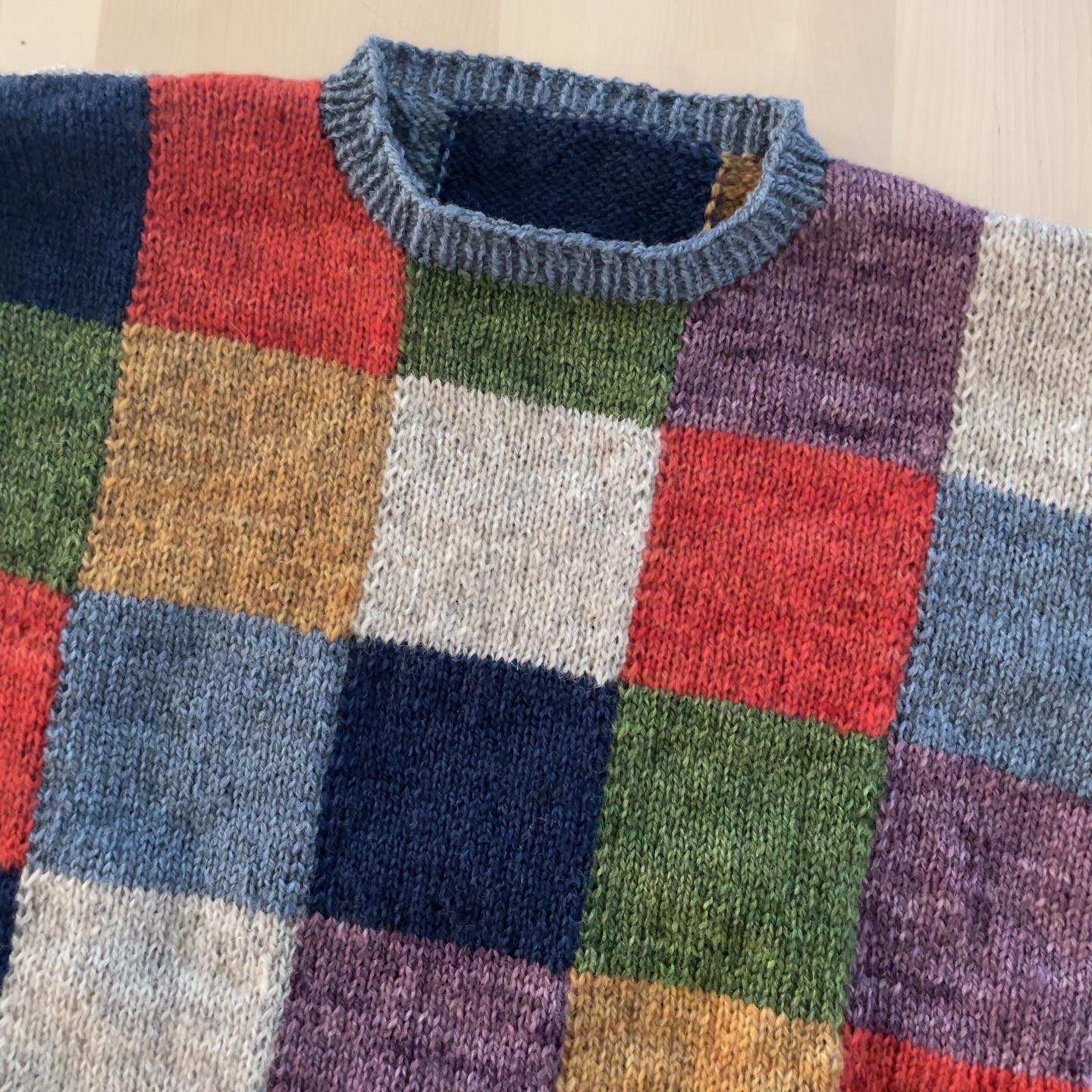
I’ve been inspired by all the mini skeins in hand dyed yarns and also the self striping yarns. So I started by designing a fibre blend that would work well for socks but also soft/versatile enough for other projects, and I came up with this blend…